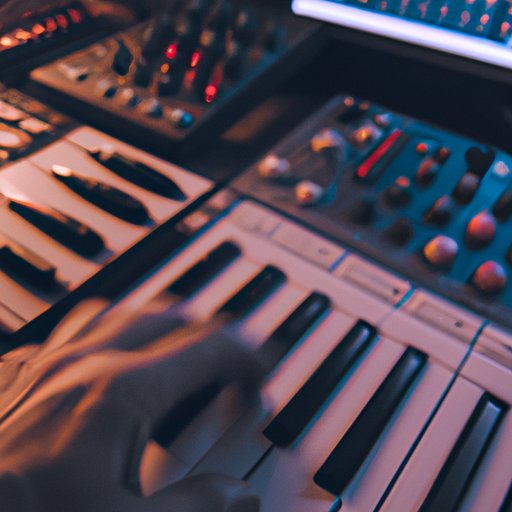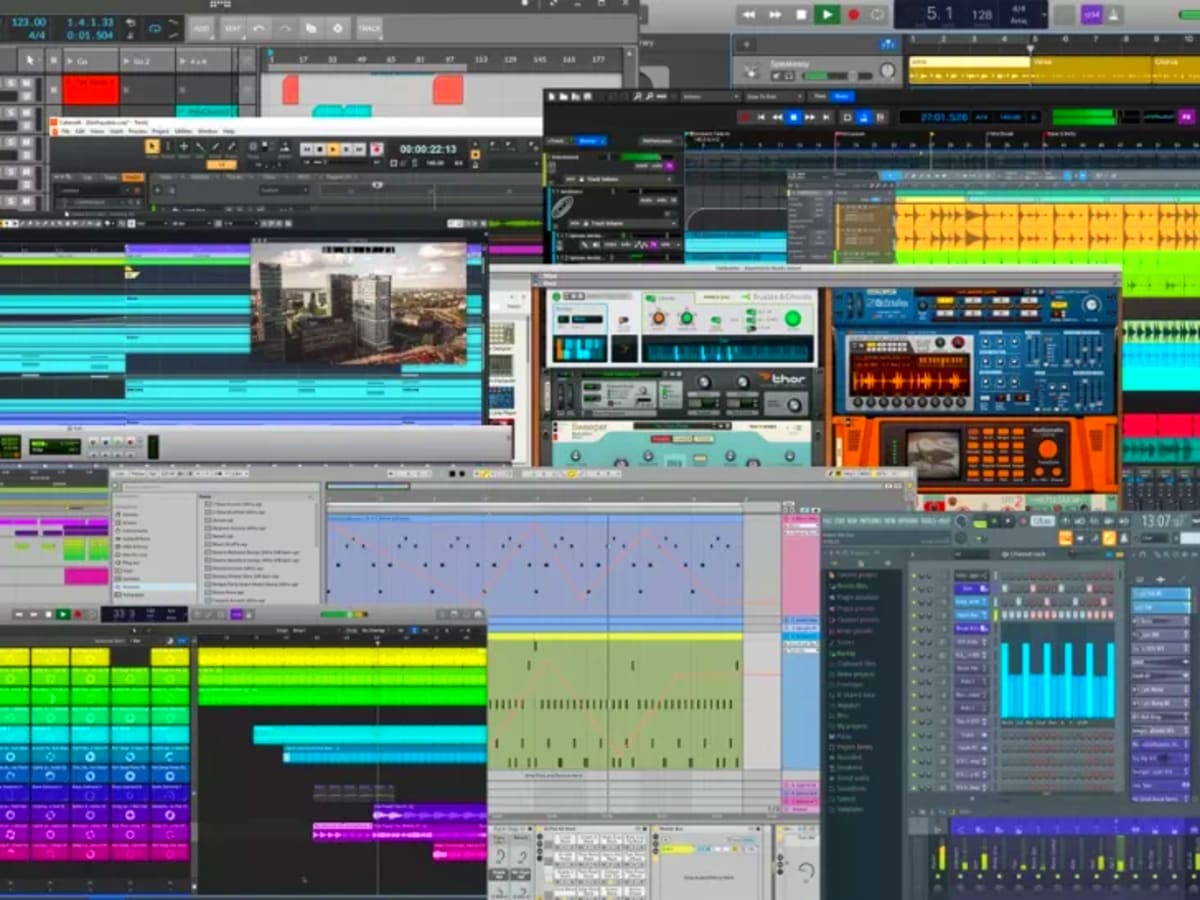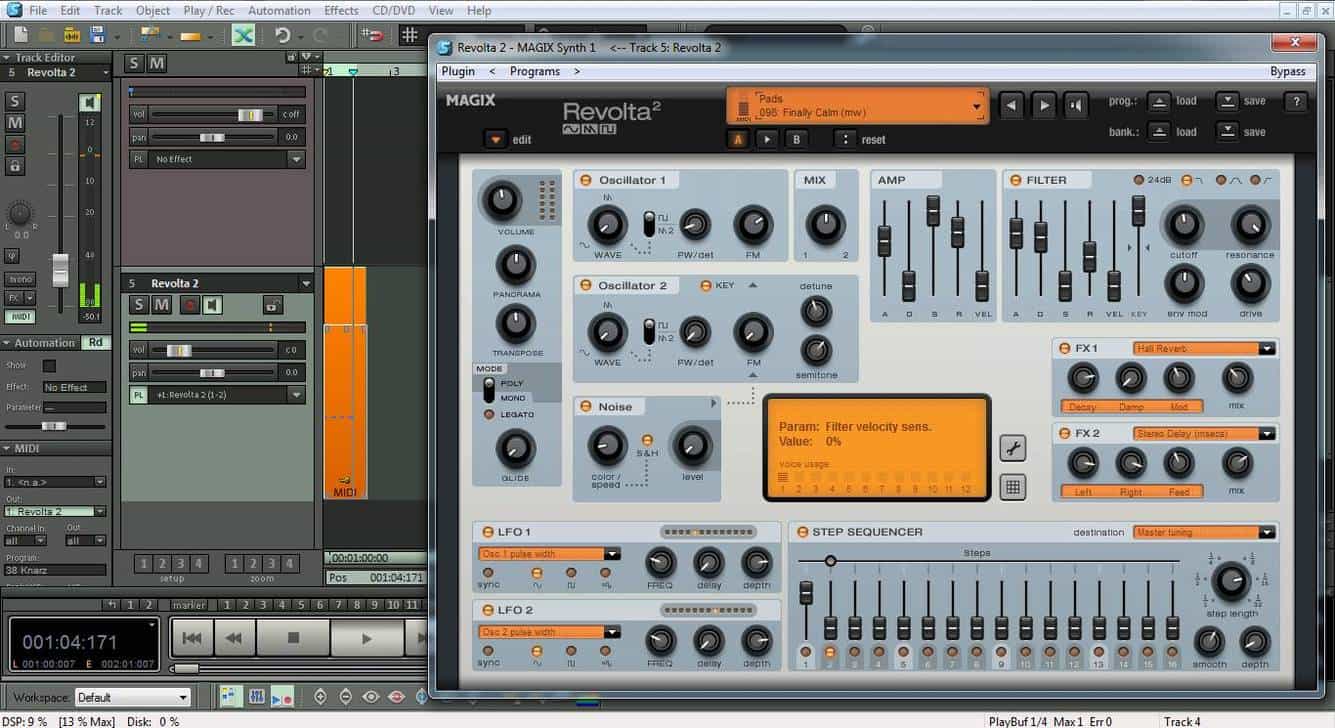Unlocking the Secrets: How to Record Bass with Digital Audio Workstations
For music lovers seeking to elevate their bass recordings, understanding how to record bass with digital audio workstations (DAWs) is crucial. Theautonomics.com recognizes the challenges faced by many aspiring producers and musicians, and this comprehensive guide aims to provide practical advice and assistance in mastering this essential skill. How to record bass with digital audio workstations effectively is a question many grapple with, and we’ll break down the process step-by-step.
Explore
- 1 Getting Started: Choosing Your Weapons
- 2 Dialing in the Perfect Tone: Pre-Recording Preparations
- 3 Recording Techniques: Capturing the Groove
- 4 Editing and Mixing: Polishing the Performance
- 5 Advanced Techniques: Taking it to the Next Level
- 6 Troubleshooting Common Problems
- 7 Mastering How to Record Bass with Digital Audio Workstations: A Final Word
Getting Started: Choosing Your Weapons
How to record bass with digital audio workstations begins long before you even plug in your instrument. The foundation of a great bass track lies in the equipment you choose. This includes your bass guitar itself, the amplifier (or modeling software), and the microphone (or audio interface).
The Bass Guitar
The character of your bass will significantly impact your final recording. Consider the type of bass you’re using; a precision bass will sound very different from a jazz bass, and both will differ from a fretless. Ensure your bass is properly intonated and that the strings are fresh and in good condition. A poorly maintained bass will inevitably lead to a subpar recording, regardless of how proficient you are with the DAW. How to record bass with digital audio workstations effectively starts with a well-maintained instrument.
Amplification
You have two primary options for amplification: a physical amplifier and cabinet, or amp simulation software within your DAW. Using a physical amp offers a more “organic” sound, with the nuances of tube saturation or the punch of a solid-state amp. However, this requires microphone placement skills and careful consideration of bleed from other instruments. Amp simulation software provides incredible flexibility, allowing you to experiment with a wide array of amp models and effects without the hassle of microphones and physical space. How to record bass with digital audio workstations sometimes hinges on choosing the right amplification method.
Microphones and Audio Interfaces
Mic selection for bass is critical. Dynamic microphones are generally preferred for their ability to handle high sound pressure levels without distortion. The Shure SM7B and the Sennheiser e609 are popular choices. Condenser microphones can also be used, often in conjunction with a dynamic mic, to capture a wider frequency range and add detail. You’ll need a high-quality audio interface to connect your microphone to your computer. The interface’s preamps will significantly affect your bass tone; therefore, selecting a quality interface with good preamps is essential to properly address how to record bass with digital audio workstations.
Dialing in the Perfect Tone: Pre-Recording Preparations

Before you even press record, take the time to dial in your bass tone. This is a crucial step in how to record bass with digital audio workstations. Experiment with different EQ settings on your amplifier or amp simulator, adjusting the bass, midrange, and treble frequencies to find a sound that sits well in the mix. Consider the genre you’re working in; a punchy, aggressive tone might be suitable for metal, while a smoother, more subtle tone is often preferred for jazz. How to record bass with digital audio workstations optimally requires careful pre-recording tone shaping.
Effects Processing
Consider using subtle compression to even out the dynamics of your bass line. Too much compression can make your bass sound lifeless, so use it sparingly. Experiment with other effects like overdrive or distortion, but remember that these should generally be used in moderation. Overdoing effects can quickly muddy up your mix and detract from the clarity of your bass. How to record bass with digital audio workstations effectively often involves a light touch with effects.
Recording Techniques: Capturing the Groove
Now that you’ve prepared your equipment and tone, it’s time to record. How to record bass with digital audio workstations efficiently involves understanding proper recording techniques.

Direct Injection (DI) vs. Mic’d Amp
You can record your bass using two methods: direct injection (DI) or by mic’ing your amplifier. DI involves connecting your bass directly to your audio interface, bypassing the amplifier entirely. This provides a clean, clear signal, free from amp coloration. Mic’ing your amplifier adds the character of your amp and cabinet to the sound. Often, a blend of both DI and mic’d amp signals is used to get the best of both worlds. How to record bass with digital audio workstations often benefits from combining these techniques.
Microphone Placement (for Mic’d Amp)
If you’re mic’ing your amplifier, the microphone’s placement is crucial. Experiment with different positions, such as close-miking the speaker cone or placing the microphone a few inches away. The closer you place the microphone, the more "up-front" and direct the sound will be. Moving the microphone further away will capture more of the room’s ambience. How to record bass with digital audio workstations with a mic’d amp requires experimenting with mic placement.
Recording Multiple Takes

Always record multiple takes of your bass line. Even the most experienced bassists make mistakes. Having multiple takes gives you the option of choosing the best performance and allows for easy editing and fixing any minor imperfections. How to record bass with digital audio workstations effectively involves recording multiple takes.
Editing and Mixing: Polishing the Performance
Once you’ve recorded your bass tracks, it’s time to edit and mix them. How to record bass with digital audio workstations successfully also includes post-production.
Editing
Use your DAW’s editing tools to remove any unwanted noises or mistakes. You can use tools like the razor tool to cut and paste sections of audio, and the fade tool to smoothly transition between different sections. How to record bass with digital audio workstations often involves careful editing.
Compression
Apply compression to your bass line to control its dynamics and make it sit better in the mix. Experiment with different compression ratios and attack and release times to find a setting that works well with your bass tone. How to record bass with digital audio workstations necessitates skillful compression use.
EQ
Use EQ to shape your bass tone further. Cut any unwanted frequencies that are muddying up your mix, and boost any frequencies that need to be emphasized. How to record bass with digital audio workstations often requires precise EQ adjustments.
Panning
Panning your bass line slightly to the left or right can help it to sit better in the mix, especially if you’re working with a stereo mix. However, bass is typically placed in the center, so avoid excessive panning. How to record bass with digital audio workstations often means a centered bassline.
Advanced Techniques: Taking it to the Next Level
For those looking to take their bass recordings to the next level, several advanced techniques can significantly improve the quality of your work. How to record bass with digital audio workstations at a professional level requires mastering these advanced techniques.
Parallel Compression
Parallel compression involves sending a copy of your bass signal to a separate compressor with more aggressive settings. This compressed signal is then blended back with the original signal, adding punch and sustain. How to record bass with digital audio workstations effectively can involve parallel compression.
Saturation
Adding saturation can warm up your bass tone and give it a more vintage feel. Use saturation sparingly, as too much can make your bass sound harsh or distorted. How to record bass with digital audio workstations at a higher level often involves saturation.
De-essing
De-essing is a process of removing harsh sibilance from your bass line. This is particularly useful if you’re using a condenser microphone. How to record bass with digital audio workstations smoothly often means de-essing.
Troubleshooting Common Problems
Even with careful planning and execution, problems can arise. Here are some common issues encountered when learning how to record bass with digital audio workstations, and how to address them.
Muddy Bass
A muddy bass sound is a common problem. This is often caused by excessive low-frequency content. Use EQ to cut some of the low frequencies, or use a de-esser to remove harshness. How to record bass with digital audio workstations clearly often involves addressing muddiness.
Thin Bass
A thin bass sound lacks body and warmth. This can be addressed by boosting the low-mid frequencies with EQ or by adding saturation. How to record bass with digital audio workstations with warmth often means addressing thinness.
Unbalanced Bass in the Mix
If your bass is too loud or too quiet compared to the other instruments, adjust its volume accordingly. How to record bass with digital audio workstations properly means getting the balance right.
Mastering How to Record Bass with Digital Audio Workstations: A Final Word
Mastering how to record bass with digital audio workstations is a journey, not a destination. It takes time, practice, and experimentation to develop your skills and find your own unique workflow. By understanding the fundamentals of equipment selection, recording techniques, and post-production processes, you can create professional-sounding bass tracks that will elevate your music to new heights. Remember that the key to success lies in consistent practice and a willingness to learn and experiment. With dedication and the right approach, you’ll be well on your way to crafting stunning bass lines that will captivate your listeners.
